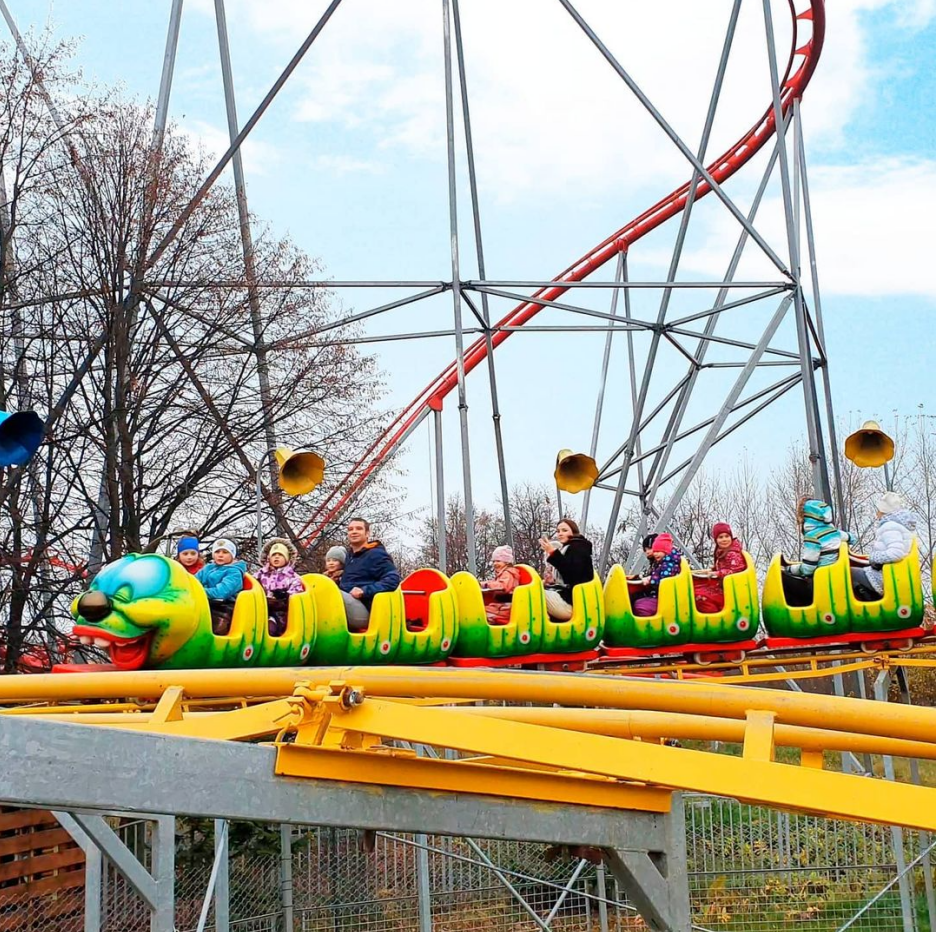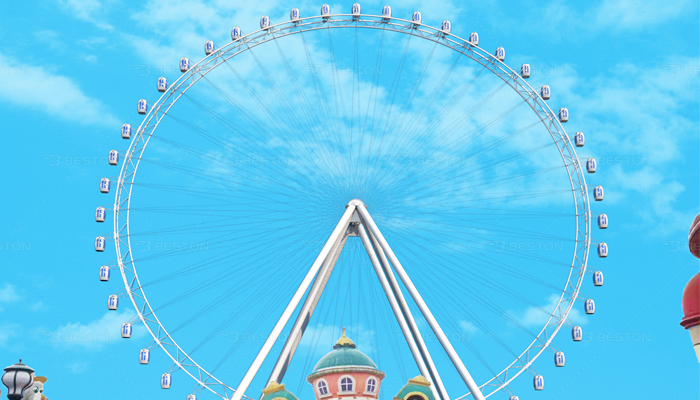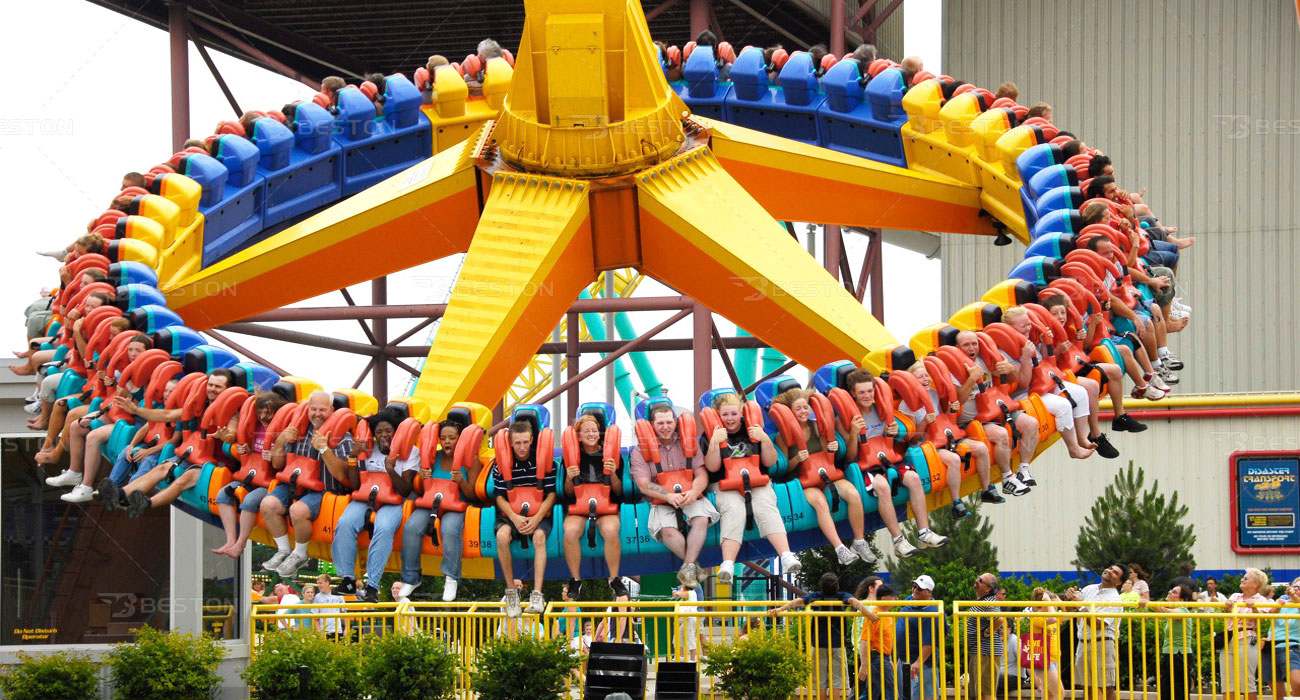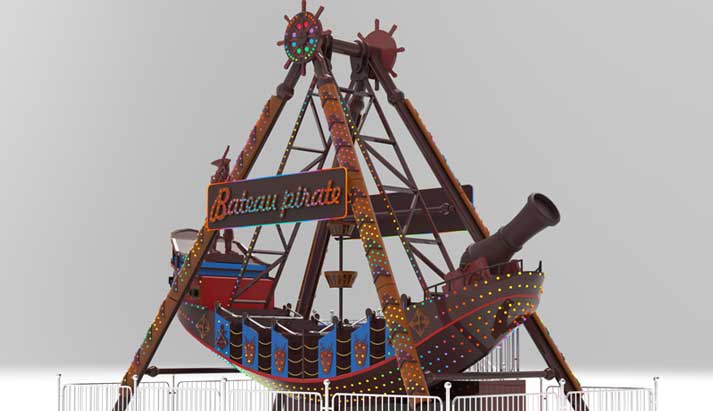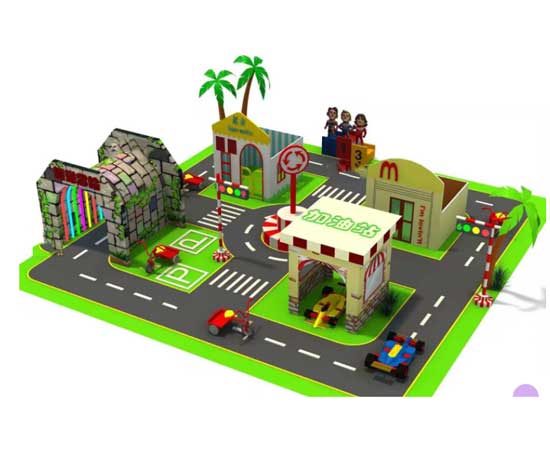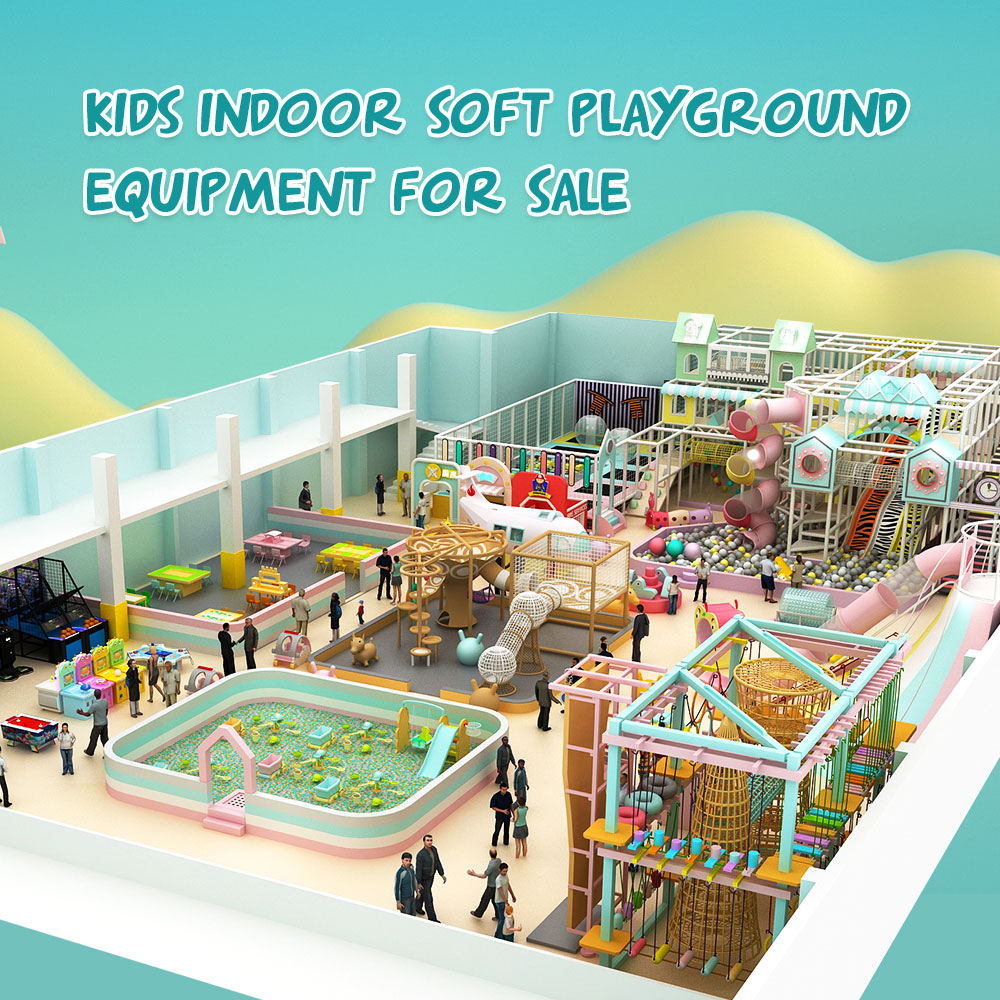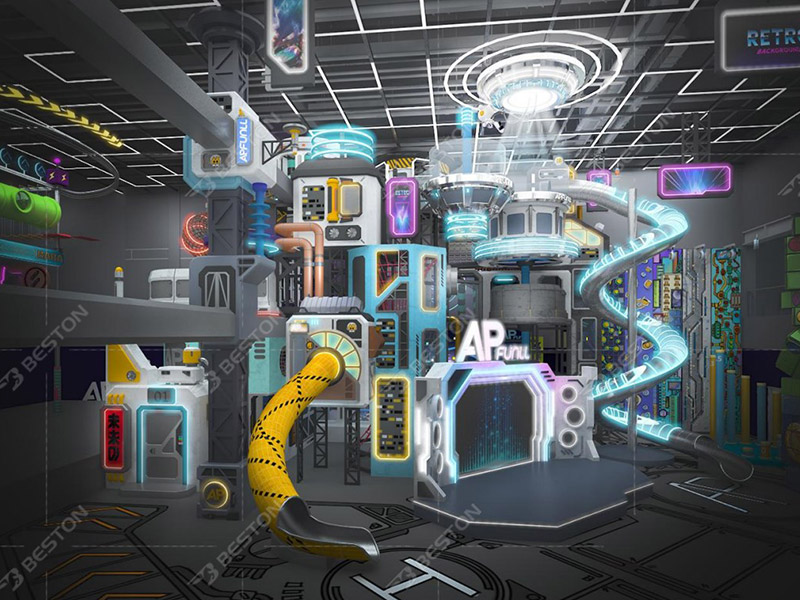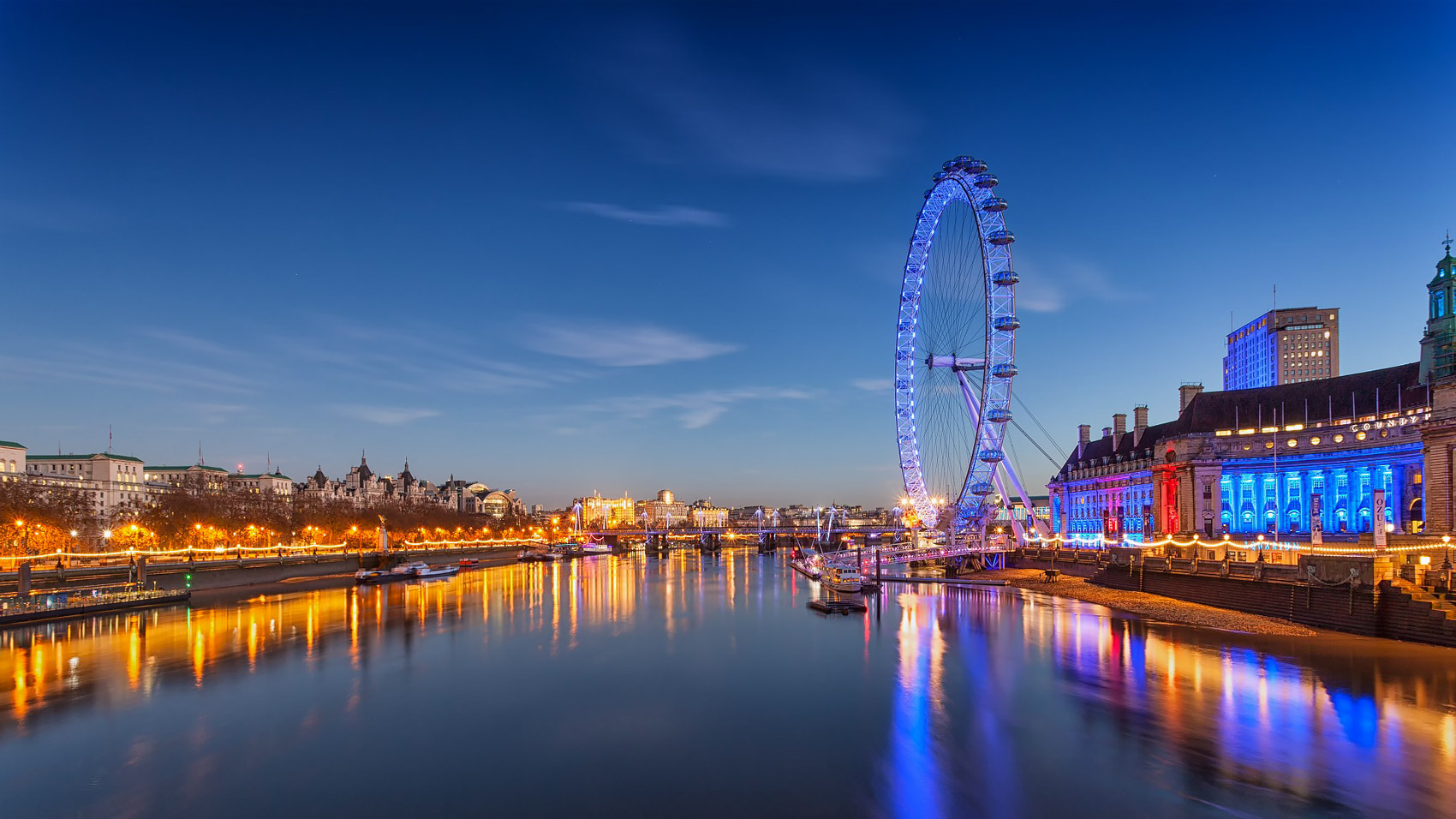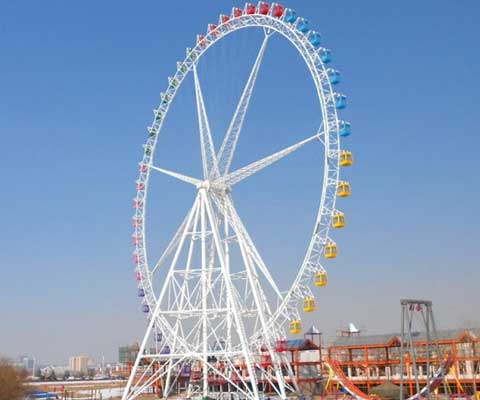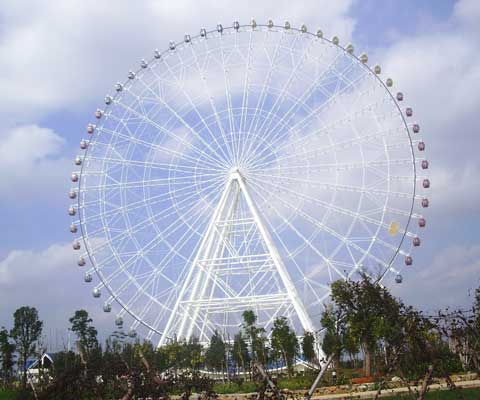Attracting customers to an amusement park or entertainment venue requires careful planning, an understanding of audience preferences, and a focus on creating memorable experiences. The success of a park largely hinges on its ability to offer thrilling, immersive, and diverse entertainment projects. These attractions must resonate with the target demographic while remaining unique and engaging. In this context, designing popular amusement rides and ensuring they are aligned with customer interests is a key factor in boosting park attendance and retention rates.
Understanding Market Preferences
To create popular entertainment projects, the first step is to understand the preferences of the target audience. Customers have varied expectations depending on their age, interests, and thrill-seeking tendencies. Families with young children typically seek safe, interactive rides, while teenagers and young adults are drawn to intense, high-energy experiences. The challenge lies in designing attractions that cater to these diverse needs while ensuring long-term engagement.
One such attraction that has gained significant popularity in recent years is the pendulum swing ride. This ride combines a sense of height and speed with the thrilling sensation of swinging back and forth in an arc. It appeals to thrill-seekers by offering a controlled but intense experience that heightens the adrenaline levels of the riders without being too extreme. The pendulum swing ride is ideal for parks looking to attract customers seeking an exciting yet safe ride. Its striking design and dynamic movement make it a focal point of many parks, driving both foot traffic and social media buzz. The popularity of pendulum rides can be attributed to their ability to deliver a memorable experience while providing a sense of controlled risk, which is key to their broad appeal.
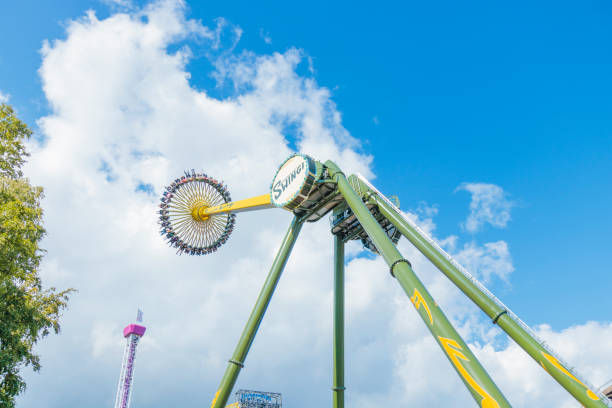
Diversification of Amusement Park Rides
While exciting rides like the pendulum swing ride draw in a significant number of visitors, it is equally important to diversify the type of amusement park rides available. A park’s long-term success depends on its ability to cater to a broad audience, which means balancing high-thrill attractions with more moderate rides. Offering a mix of experiences ensures that the park remains appealing to a wide range of visitors, from families with small children to adults looking for a more adrenaline-charged adventure.
One of the most versatile attractions that fit this strategy is the swing tower. The swing tower combines the thrill of a tower ride with the excitement of swinging motion, elevating riders to a considerable height before releasing them in a rapid descent. This creates a sense of weightlessness, followed by a smooth but exhilarating swing, making it a crowd favorite. The swing tower appeals to customers who seek an intense but safe thrill, offering an experience that is less extreme than a roller coaster but still memorable. By incorporating swing towers into a park’s lineup, operators can target a diverse audience, providing entertainment that suits both children and adults.
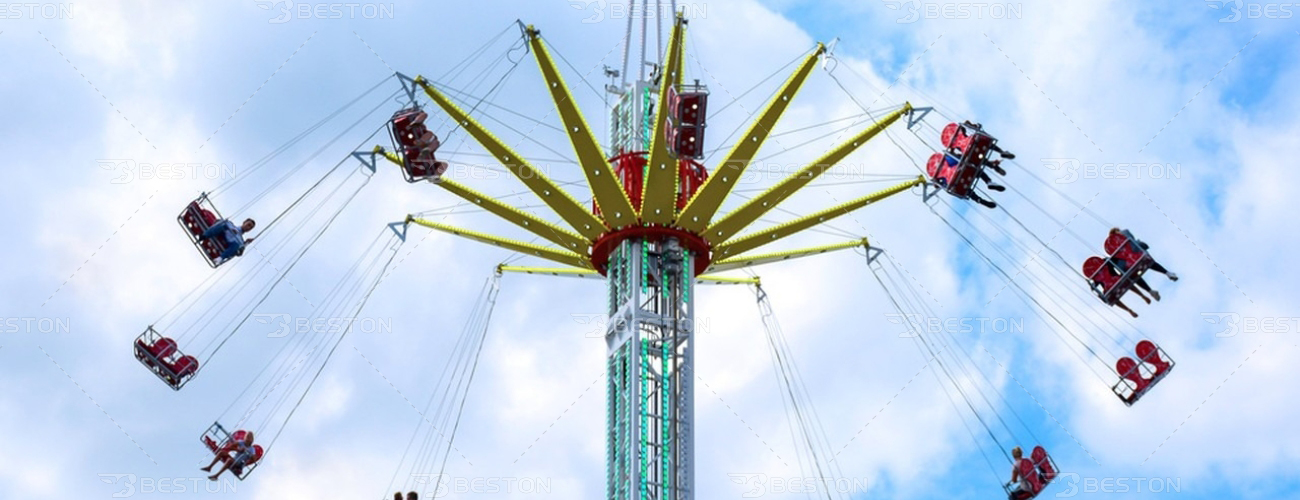
Fostering Thrill with Unique and Engaging Projects
It is essential to continually innovate to keep the entertainment projects fresh and engaging. As customer expectations evolve, so too should the attractions offered. One of the most effective ways to create lasting impact is by incorporating rides that generate excitement through unexpected elements and high-intensity features. The drop tower, for instance, provides a thrilling experience that never fails to captivate visitors. Riders are swiftly dropped from a significant height, offering a brief but intense feeling of weightlessness, followed by a rapid return to the ground. This ride delivers a quick surge of adrenaline, making it a crowd favorite in parks focused on providing high-impact experiences.
The drop tower’s appeal lies in its simplicity combined with its powerful effect on riders. Its relatively short duration does not lessen the excitement; instead, the ride’s design ensures that every second counts. For many thrill-seekers, the unexpected drop is one of the most exhilarating aspects of an amusement park, making it a perfect addition to a park’s portfolio. Offering a combination of swing tower rides, pendulum swings, and drop towers can effectively create a diverse lineup that attracts customers seeking everything from controlled swings to high-intensity drops.
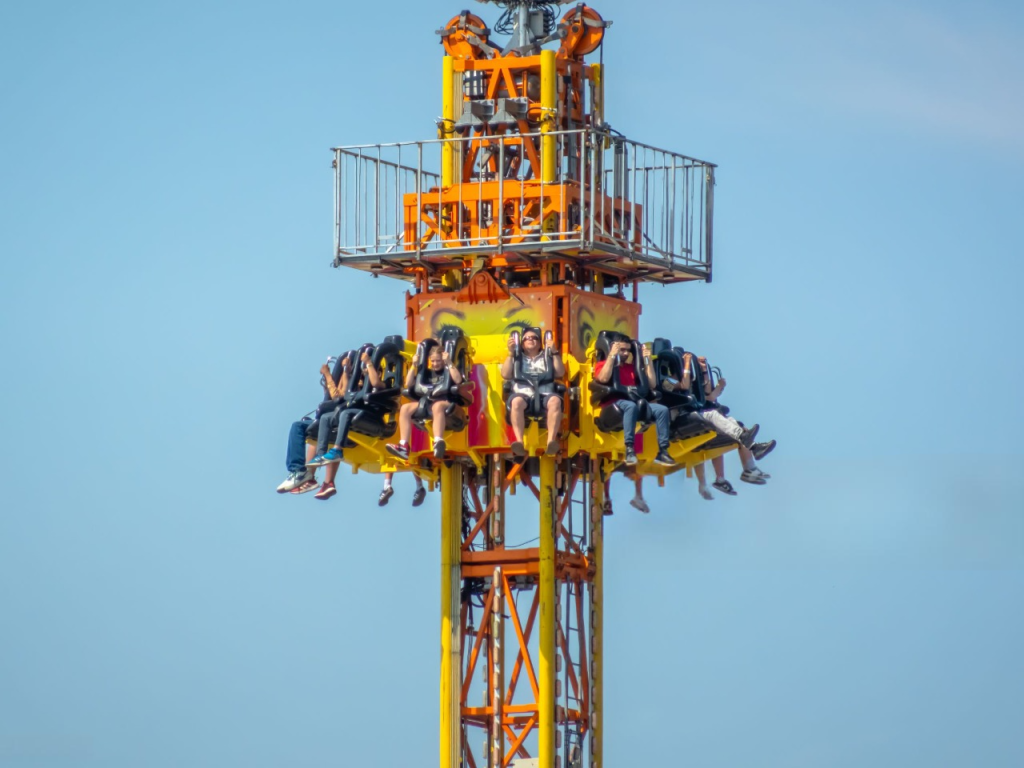
Immersive Theming and Storytelling
Beyond the physical elements of the rides, the success of an entertainment project often lies in its ability to tell a compelling story. Immersive theming has become a significant trend in the amusement park industry. By designing attractions that incorporate a narrative or theme, parks can enhance the overall experience and encourage repeat visits. This approach taps into the emotional connection visitors develop with the park, leading to a deeper sense of enjoyment and investment in the overall experience.
For example, a swing tower could be themed to evoke the feeling of a pirate ship sailing through a storm, with special effects like wind, water spray, and lighting to heighten the immersive experience. Similarly, the drop tower could be designed to simulate a daring freefall from a skyscraper or a cliff, enhanced with visual effects and soundscapes to mimic the sensation of real-world danger. By incorporating themed elements into the rides, parks create a narrative that not only appeals to thrill-seekers but also offers something unique that can’t be found at every amusement venue.
Marketing and Customer Engagement
A key aspect of ensuring the popularity of entertainment projects is effective marketing. Social media and digital platforms play an essential role in promoting amusement park rides and drawing in customers. Parks can encourage visitors to share their experiences online, especially when the rides are designed to offer visually stunning or exhilarating moments. This can help create buzz and drive further attendance, as word-of-mouth and online reviews are powerful tools for attracting new customers.
In addition to online marketing, offering special promotions and events can also increase customer interest. For example, seasonal events such as “nighttime thrills” or “holiday-themed adventures” could provide additional opportunities to experience the park in a new light. Parks should also consider loyalty programs or group discounts to incentivize repeat visits, ensuring that customers remain engaged with the park over time.
Conclusion
Creating popular entertainment projects that attract customers requires a careful balance of thrilling experiences, diverse offerings, and innovative theming. By incorporating rides like the pendulum swing ride, swing tower, and drop tower, parks can provide a wide range of exciting options that cater to varying levels of thrill-seeking. Additionally, effective marketing, immersive theming, and continuous innovation will ensure that the park remains relevant and enticing to both new and returning visitors. When these elements come together, they lay the foundation for an amusement park that attracts a steady stream of customers and ensures long-term success.

